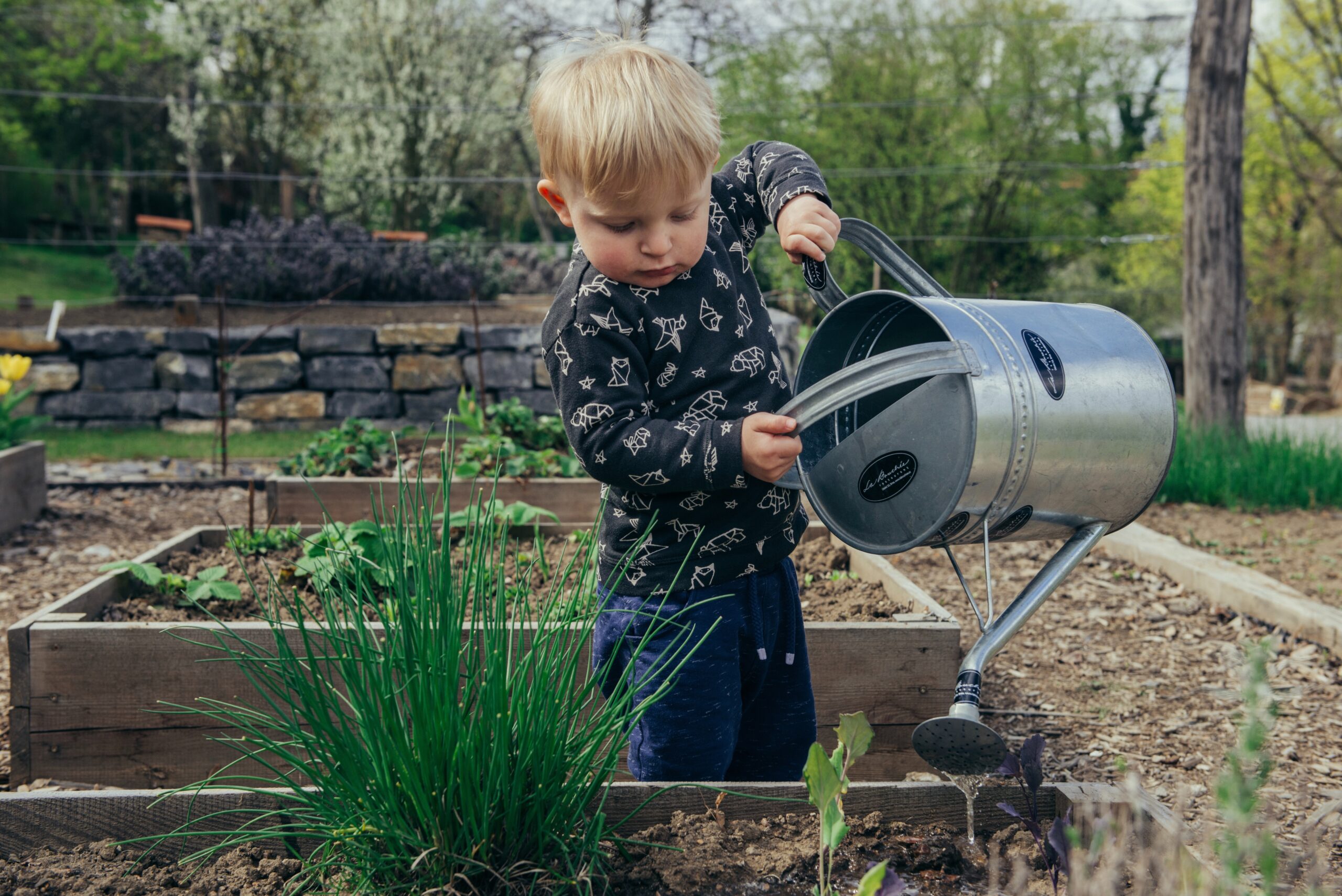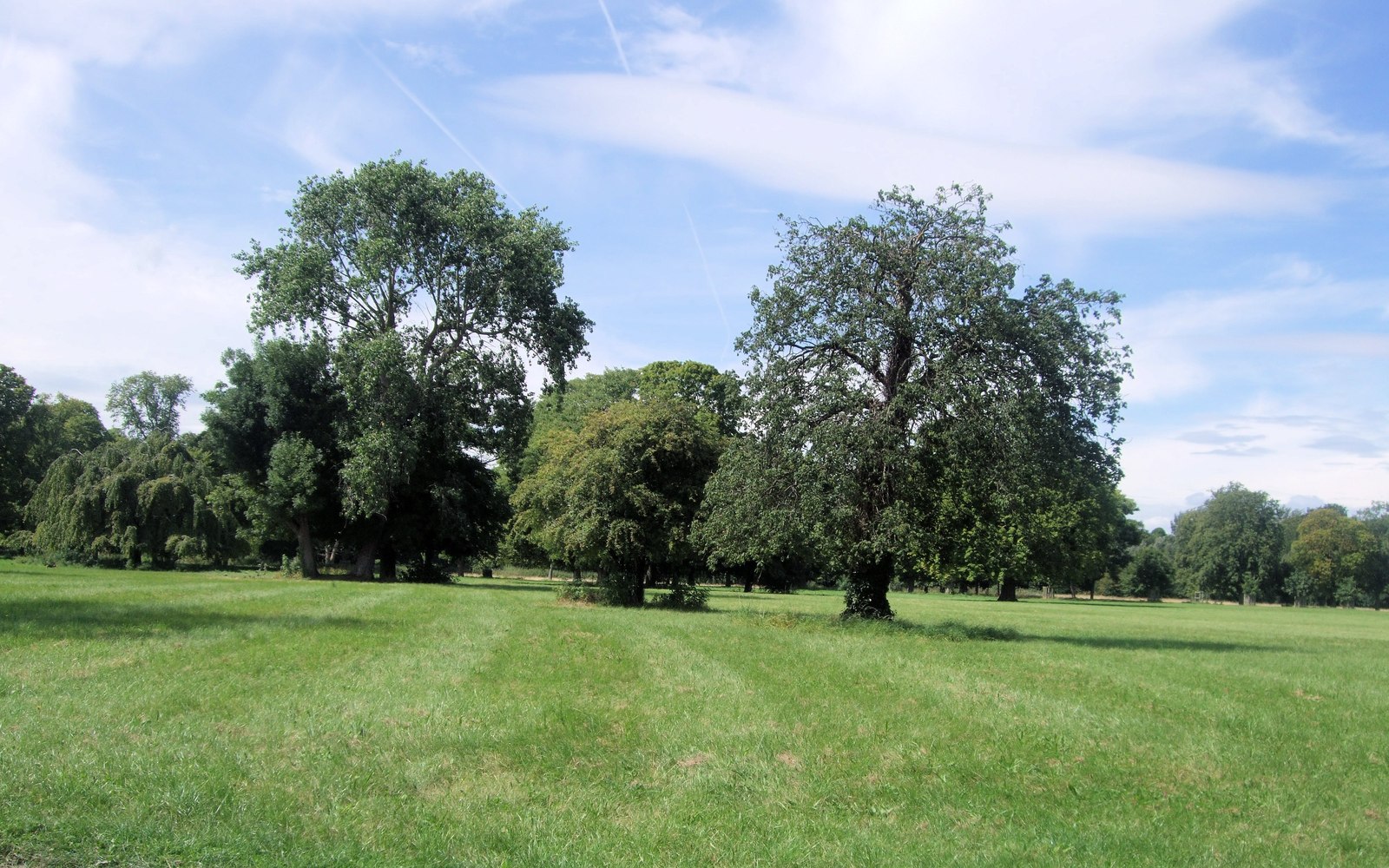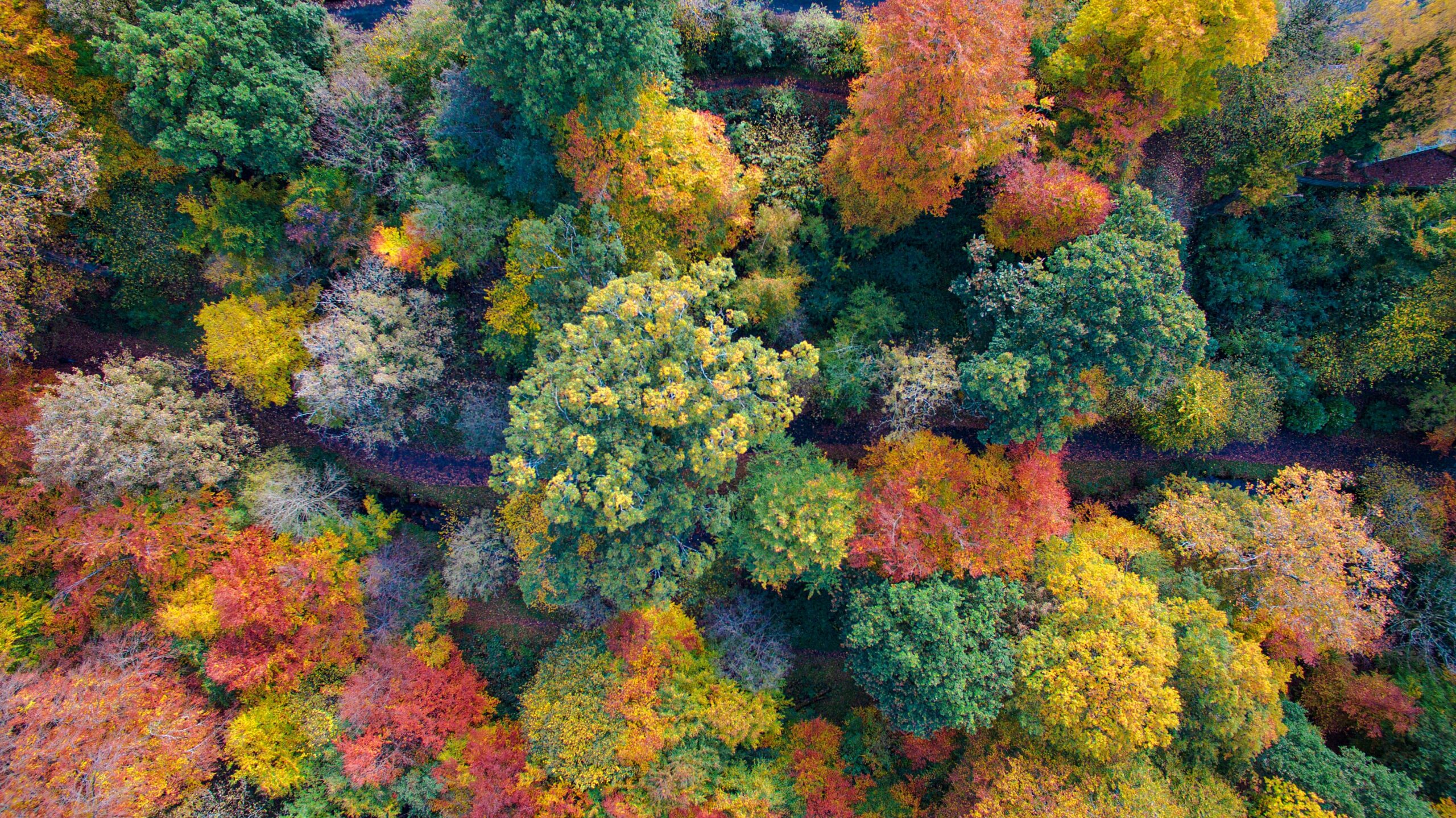Ensuring our young people and future generations have a healthy and habitable planet to live on presents a huge challenge; but an opportunity for us all to make a difference. Immediate and consistent action – a concerted effort by all.
While corporations and governments across the world have a huge role to play in the policies they set and commitments they make to the green agenda, those outside the seats of power – everyday families – can also have a significant positive impact on our planet.
Reducing our consumption; taking less flights, choosing to walk instead of drive, eating less meat or choosing ethical banks for our savings are all good starts. What is key, however, is giving young people the resources and education to understand how the actions they take now can preserve our planet’s future.
The climate emergency and the current outlook for the future of the planet can be a scary enough prospect for adults to digest, let alone children. With this in mind, it’s crucial that kids are made aware of what is happening, without causing them too much anxiety.
Below are some tips on how to talk to children about the climate emergency; what it is and what we can do about it:
How to talk to kids about the climate emergency:
- Read up first – Climate change is a wide reaching topic that can be hard enough for adults to comprehend fully, so first make sure you’ve grasped the basics before trying to simplify for children. Make sure you are avoiding misinformation that exists on social media for example. Check out books such as Mike Berners-Lee’s No Planet B, and podcasts such as Outrage + Optimism.
- Don’t underestimate what children can understand – The dire scientific predictions can be scary for everyone, especially kids, but that doesn’t mean you should downplay the problem. National Geographic has a good simplified video for kids.
- Get school talking about it – Kids get very little exposure to climate change education in school, despite the fact it’s going to impact most aspects of their adult lives. Try and change that by letting your school leadership team know that climate education is a priority for you.
- Show them what has worked – Stubborn optimism is going to be needed, show examples of what can be achieved, for example Knepp Castle Estate Rewilding.
- Focus on action – Make sure you have a list of actions to hand that will empower kids to protect the planet, so they feel like they’re making a difference. There’s plenty of resources online, Have a look at some of the steps on Count Us In.
Below are some suggested books, TV programmes, films and online resources to look at with your kids:
Books
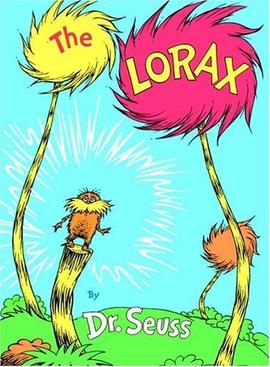
The Lorax by Dr. Seuss
Age 3+
Chronicling the plight of the environment and the Lorax, who “speaks for the trees” and confronts the Once-ler, who causes environmental destruction.
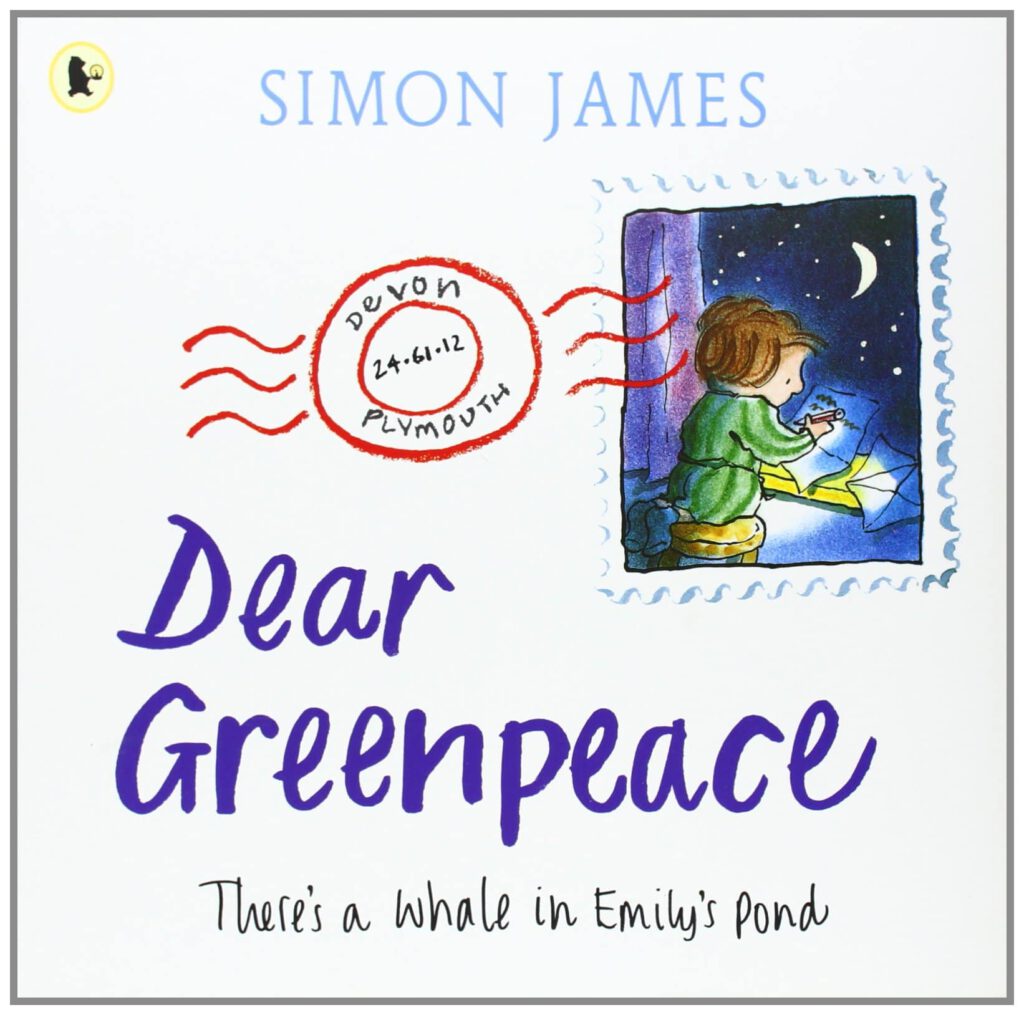
Dear Greenpeace by Simon James
Ages 3+
Worried that the whale living in her pond is unhappy, Emily writes to Greenpeace
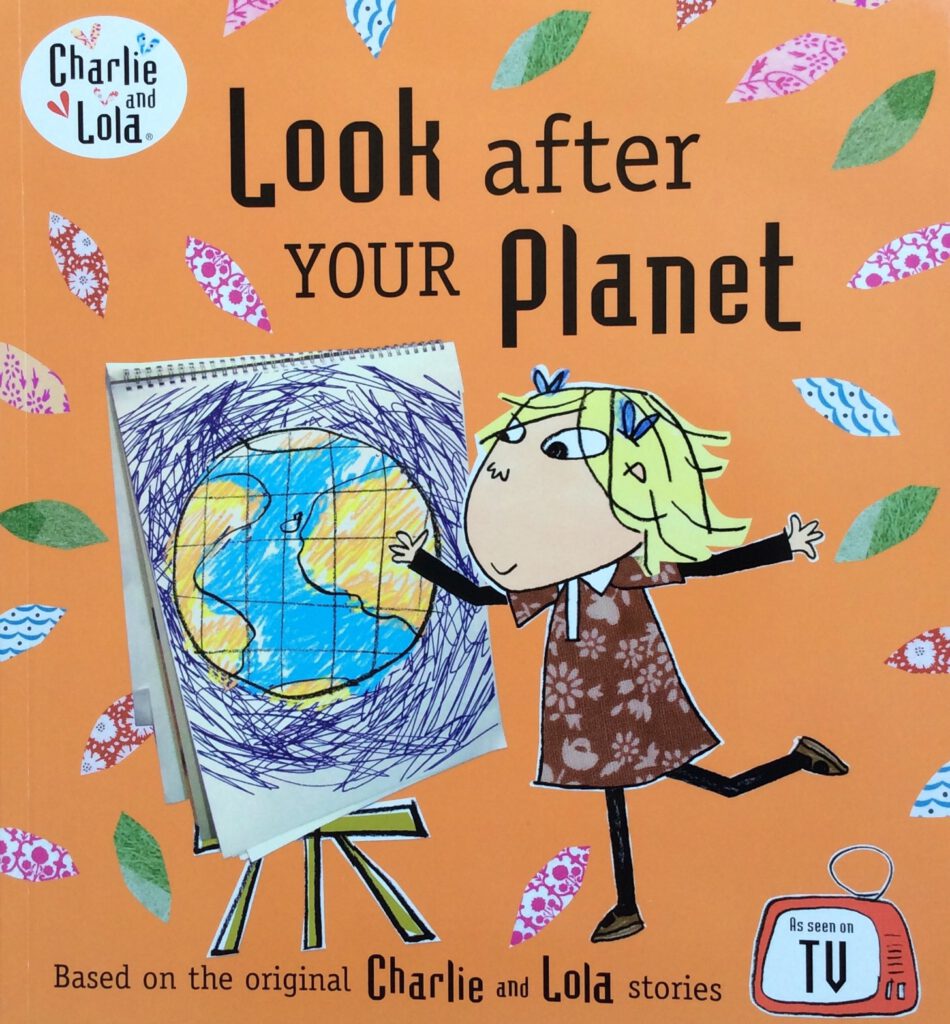
Charlie and Lola: Look After Your Planet by Lauren Child
Ages: 3+
Charlie has this little sister Lola. At the moment Lola is throwing everything away.
‘Why don’t you recycle it?’ says Charlie. And Lola says, ‘Recycle it? What is that?’
The book aims to help kids find out how they can help the planet through recycling.
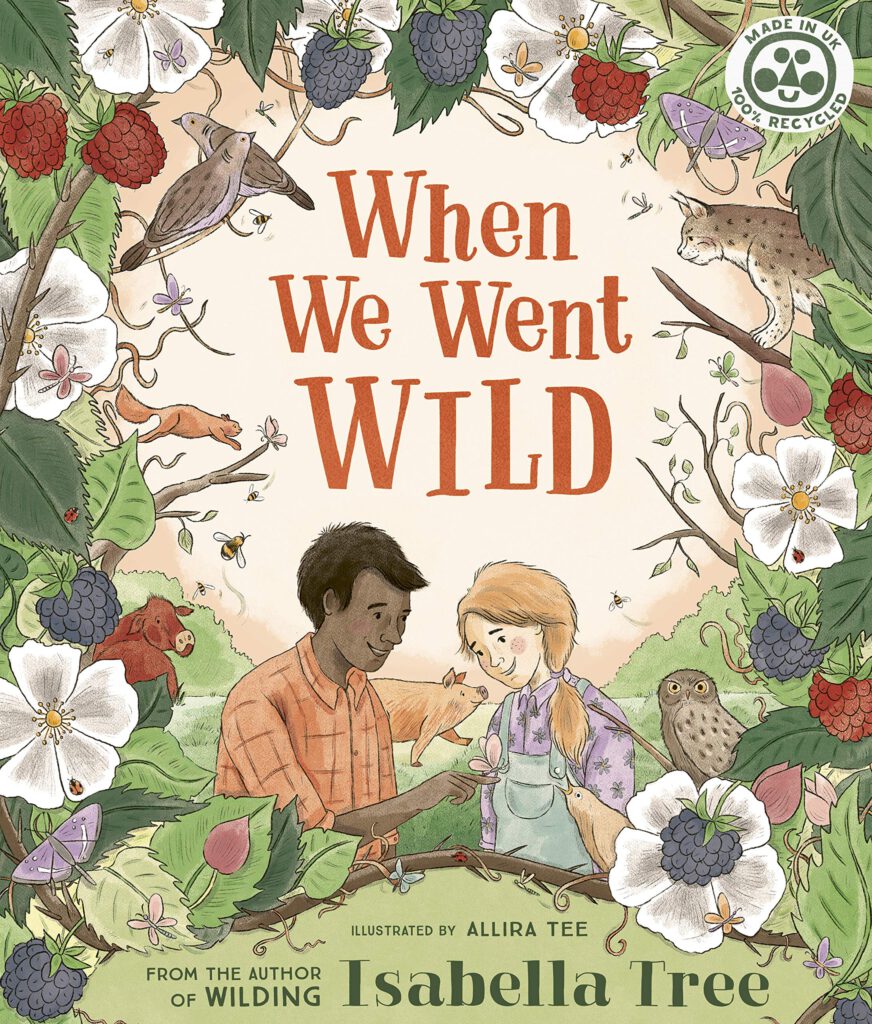
When We Went Wild by Isabella Tree and Allira Tee
Age: 4 – 7 years
From the bestselling author and rewilding pioneer Isabella Tree, When We Went Wild is a heartwarming, sustainably printed picture book about the benefits of letting nature take the lead.

Harlem Grown: How One Big Idea Transformed a Neighbourhood by Tony Hillery
Harlem Grown tells the inspiring true story of how one man made a big difference in a neighbourhood. After seeing how restless they were and their lack of healthy food options, Tony Hillery invited students from an underfunded school to turn a vacant lot into a beautiful and functional farm.
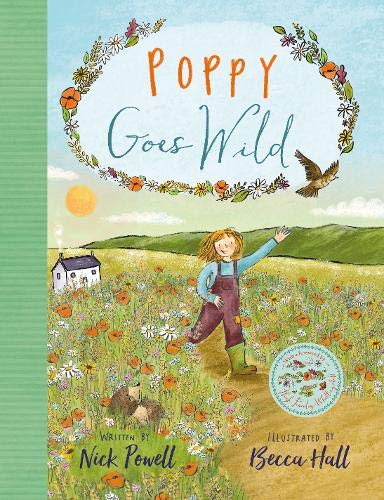
Poppy Goes Wild by Nick Powell and Becca Hall
Age: 7+
Poppy is on a mission to save her grandpa’s farm, by returning the countryside to a time when flower meadows grew wild and native animals flourished. Can Poppy succeed in helping nature to work its magic?
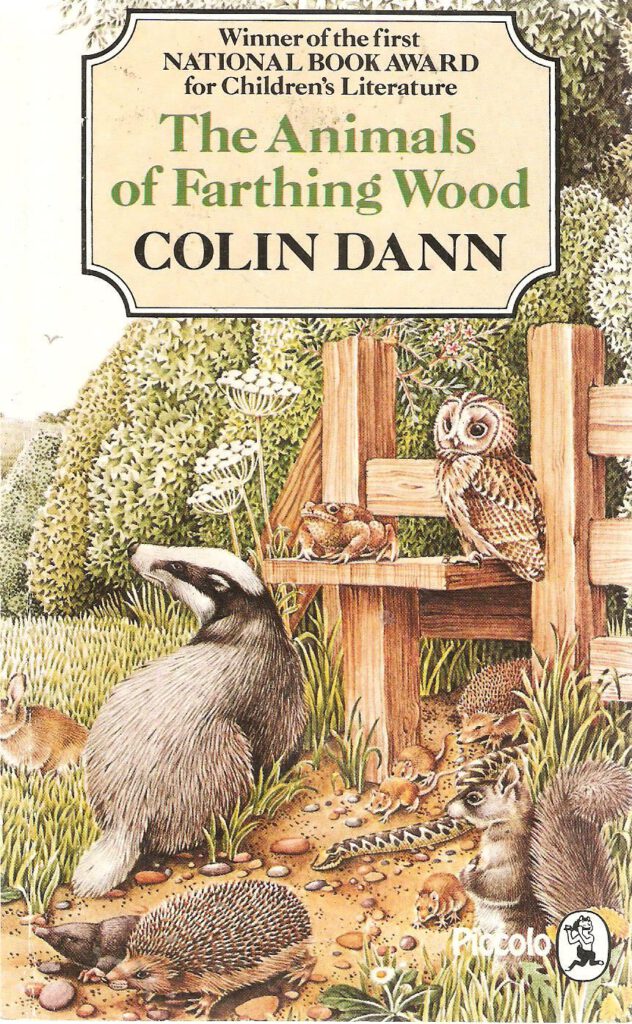
Animals of Farthing Wood by Colin Dann
Age: 7+
The books tell the story of a group of woodland animals whose home has been paved over by developers. They learn of a nature reserve, White Deer Park, where they will be safe, and undertake to make the journey together.
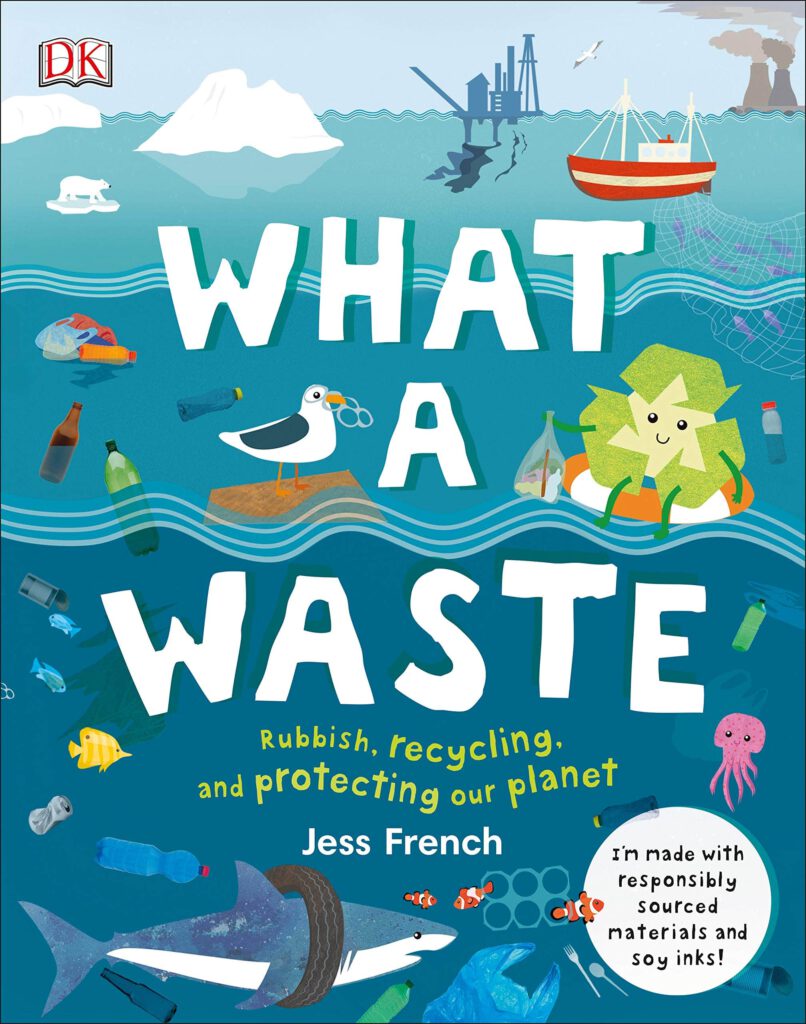
What A Waste: Rubbish, Recycling, and Protecting our Planet by Jess French
Ages: 7+
In this informative book on recycling for children, you will find everything you need to know about our environment. The good, the bad, and the incredibly innovative.
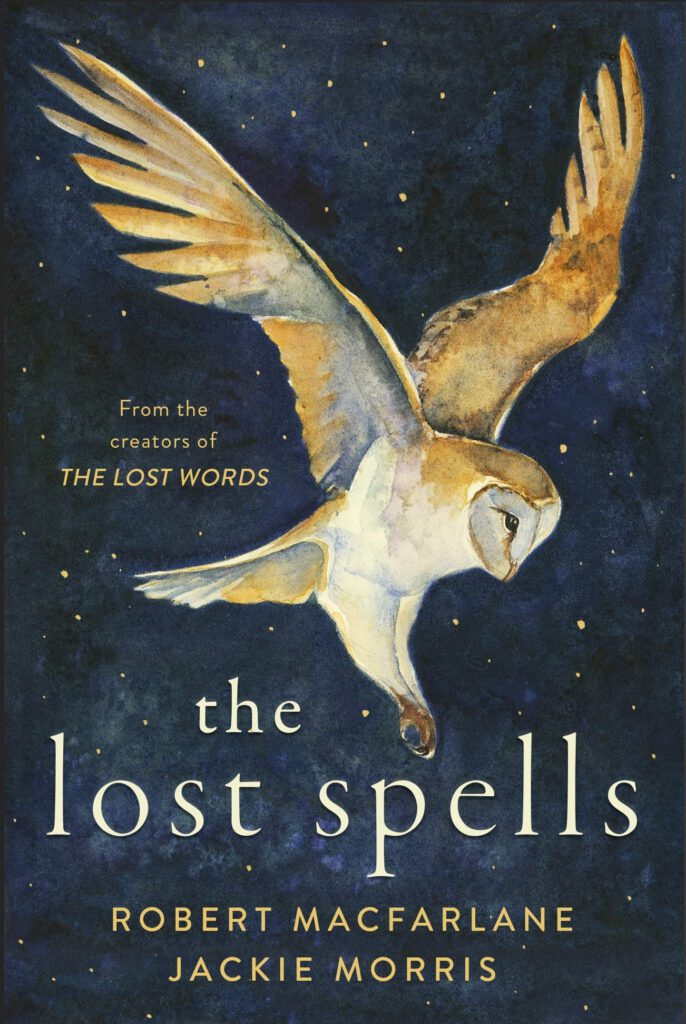
The Lost Spells by Robert MacFarlane and Jackie Morris
Ages: 8+
Beautiful poetry and equally beautifully illustrated. The Lost Spells will enchant readers with its poetry and illustrations of the natural world and help re-wild the lives of children and adults who read it.
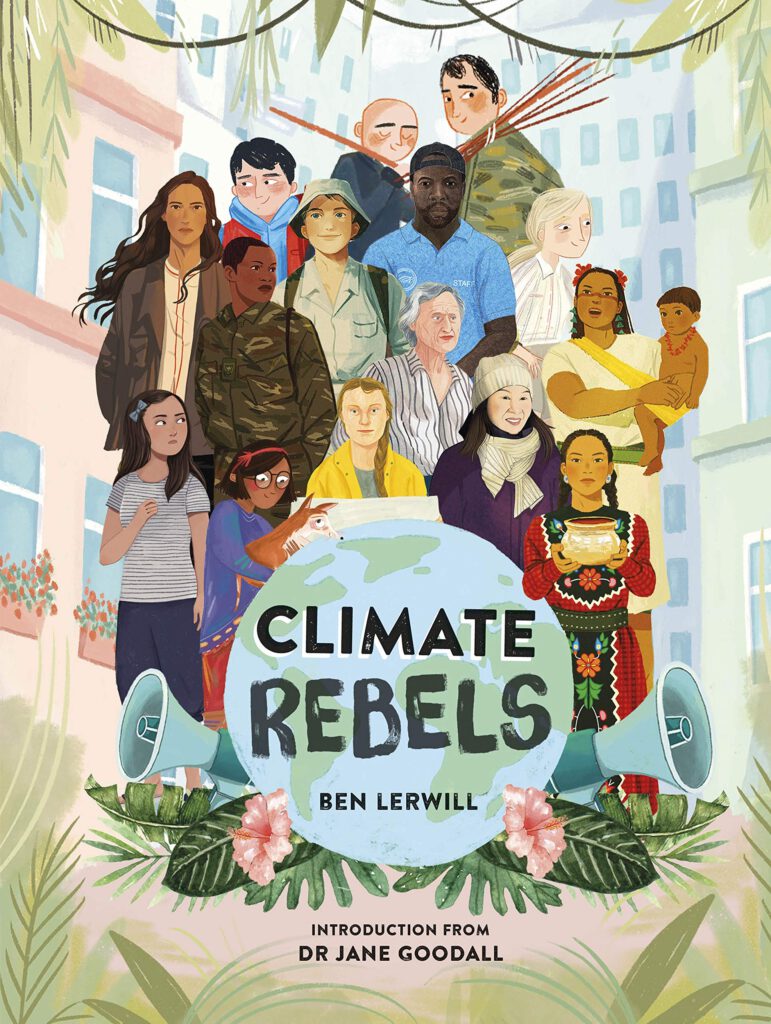
Climate Rebels by Ben Lerwill
Age: 8+
Meet the humans from around the world who are fighting to save our planet. This is your call to arms. Includes 25 hopeful stories, featuring Greta Thunberg, David Attenborough, Jane Goodall and Wangari Maathai.
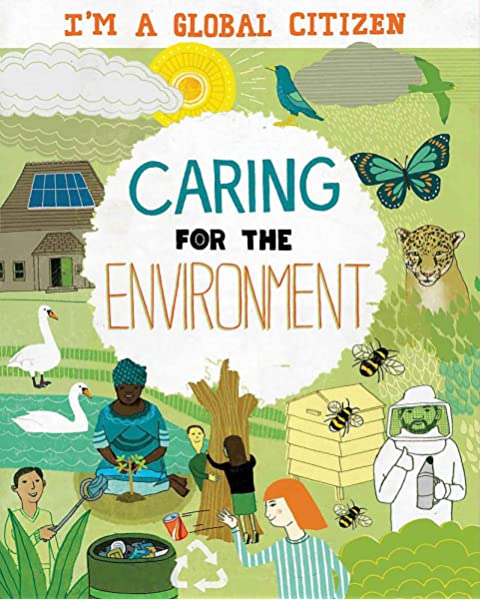
Caring for the Environment (I’m a Global Citizen) by Georgia Amson-Bradshaw and David Broadbent
Ages 9+
How can you be a good global citizen? By understanding the world we live in and how we can effect change. This book explores the issues around the environment from climate change to biodiversity and pollution. It features a case study on Wangari Maathai and ideas for how we can take action to make the planet healthier.
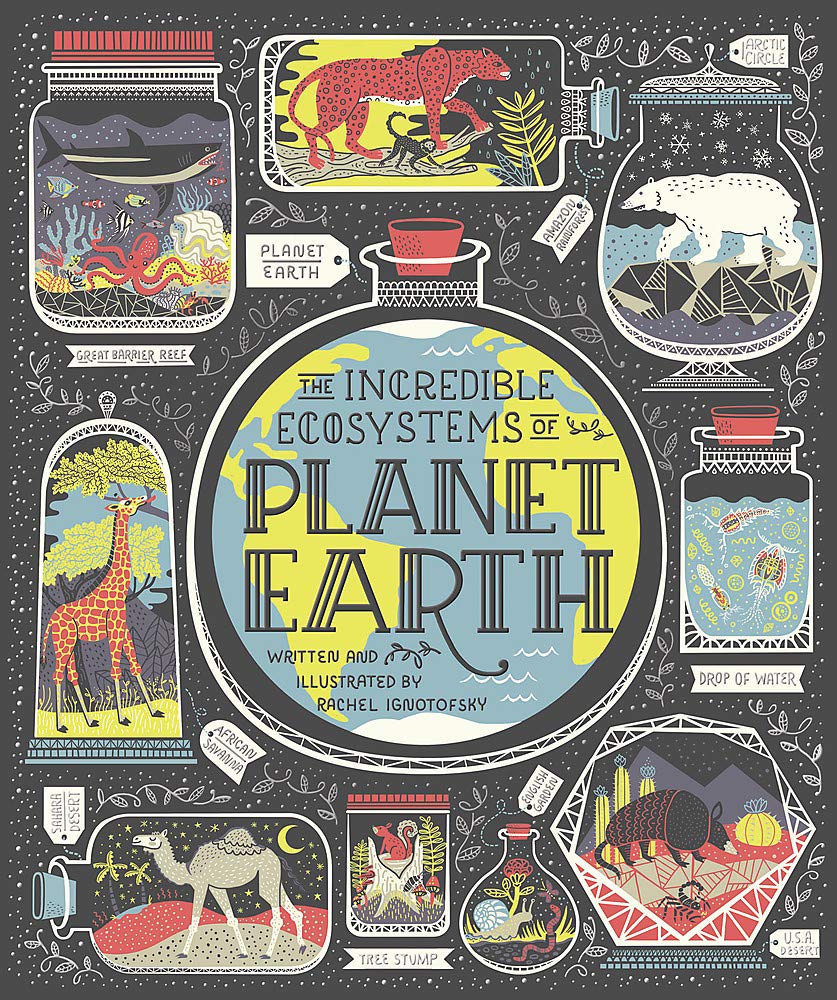
The Incredible Ecosystems of Planet Earth by Rachel Ignotofsky
Age: 8+
An illustrated tour of our planet’s ecosystems both large and small, from reefs, deserts and rainforests to a single drop of water – from the bestselling author of Women in Science.
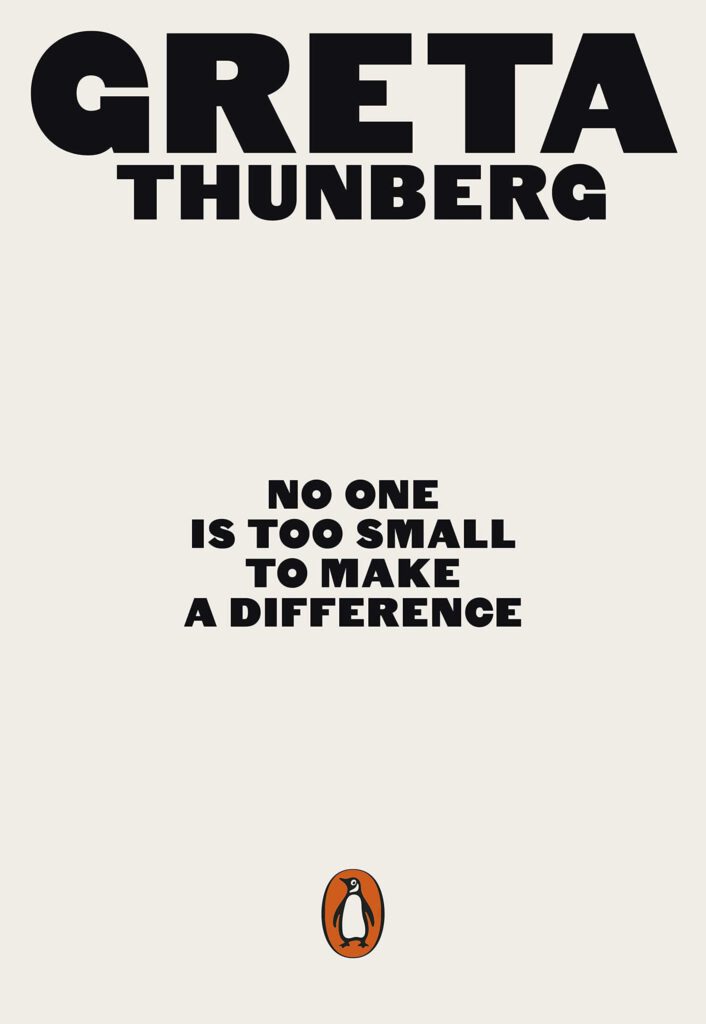
No One Is Too Small to Make a Difference by Greta Thunberg
Age 10+
No One Is Too Small to Make a Difference is a book by climate activist Greta Thunberg consisting of a collection of eleven speeches which she has written and presented about global warming and the climate crisis.
TV & Films
Fiction:
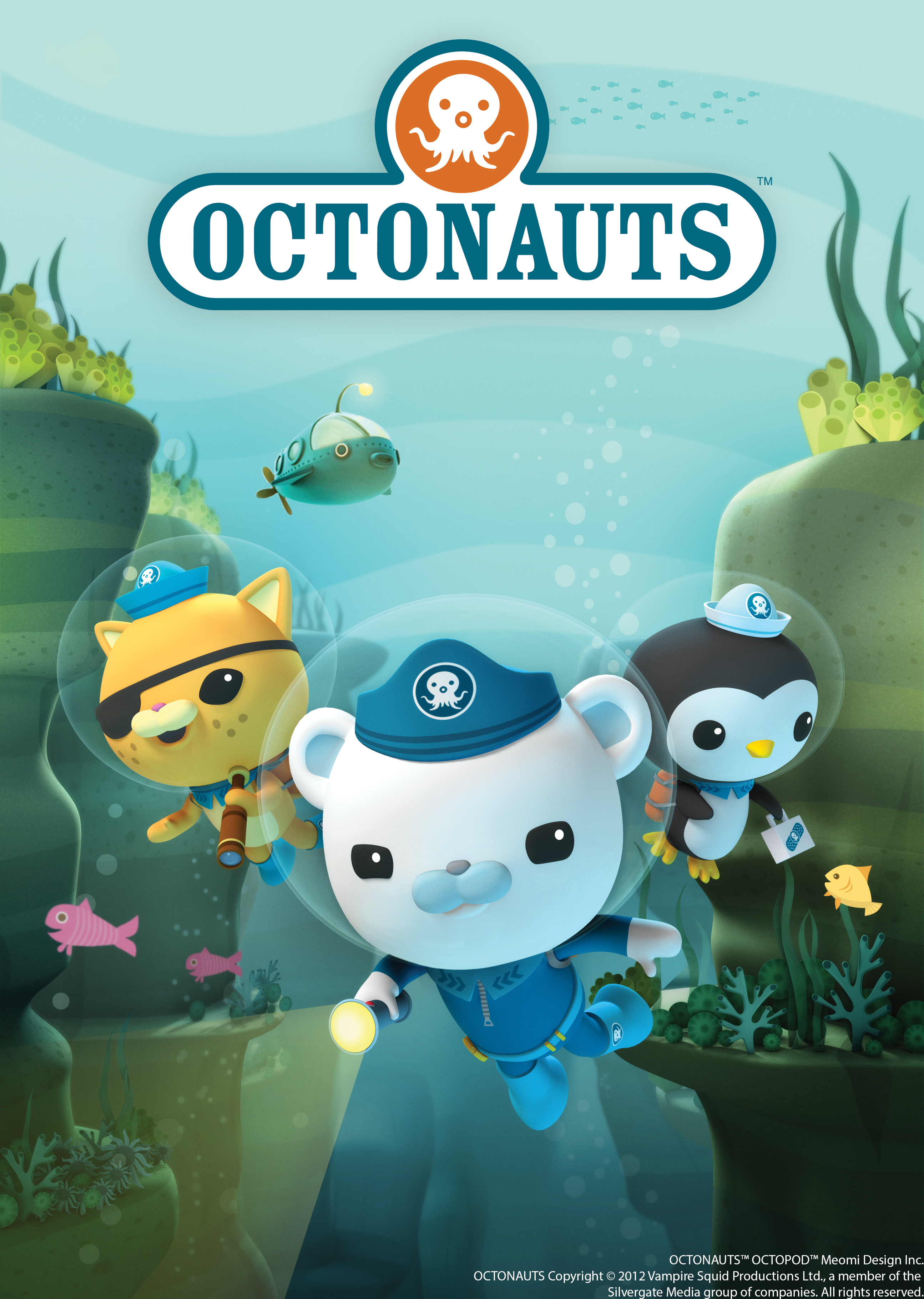
Octonauts
Age 2+
From their “Octopod” home base, a team of undersea explorers is always ready to dive into action to explore new underwater worlds, rescue amazing sea creatures and protect the ocean.
Expect to see a whole new generation of ocean defenders in coming years.
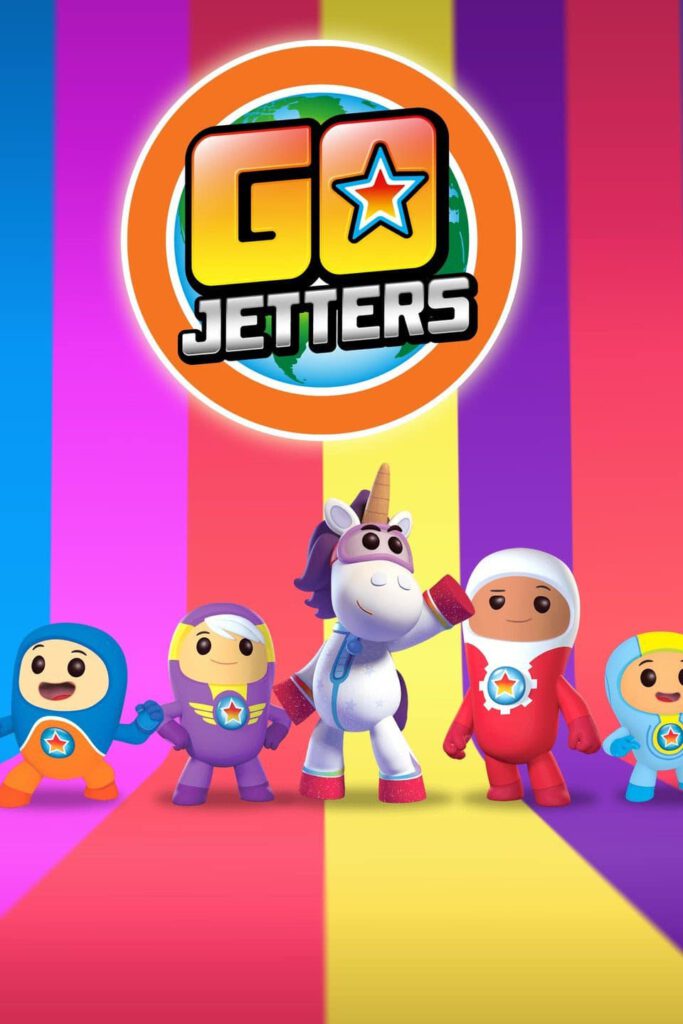
Go Jetters
Age 2+
Xuli, Kyan, Lars and Foz together with their disco-loving mentor Ubercorn set out on missions to different parts of the world and try to learn something new about the locations. As well as generally improving children’s world awareness, there are environmentally focused shorts including this collection of Funky Facts focusing on environment, weather and climate. a saving the environment playlist on YouTube and not to mention Episode 27 Climate Change, the Arctic Ocean.
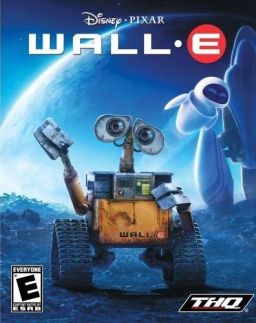
WALL-E
Age: 5+
A machine responsible for cleaning an abandoned waste-covered Earth meets another robot and falls in love with her. Together, they set out on an eco-friendly animated adventure that will alter the fate of mankind.
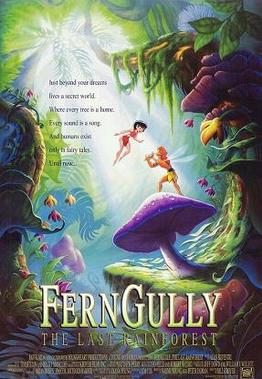
FernGully: The Last Rainforest
Age 6+
Crysta is a fairy who lives in FernGully, a rainforest in Australia, and has never seen a human before. But when a logging company comes near the rainforest it’s up to her to show the humans the damage that their company does.
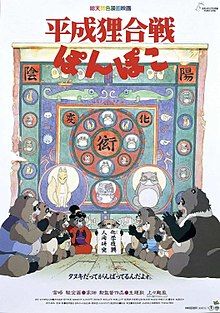
Pom Poko
Age 7+
Shape-shifting raccoons band together to save their forest homeland from the bulldozers of greedy land developers. Yep you read it correctly.
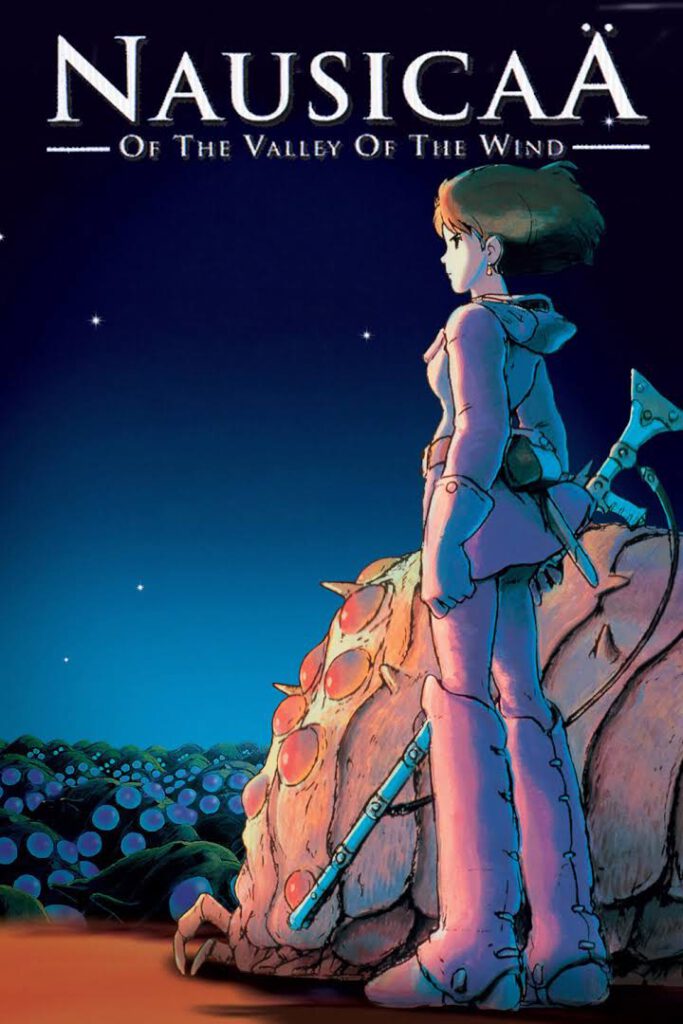
Nausicaa of the Valley of the Wind
Age 10+
Far in the future, after an apocalyptic conflict has devastated much of the world’s ecosystem, the few surviving humans live in scattered semi-hospitable environments within what has become a “toxic jungle”.
Non-fiction:
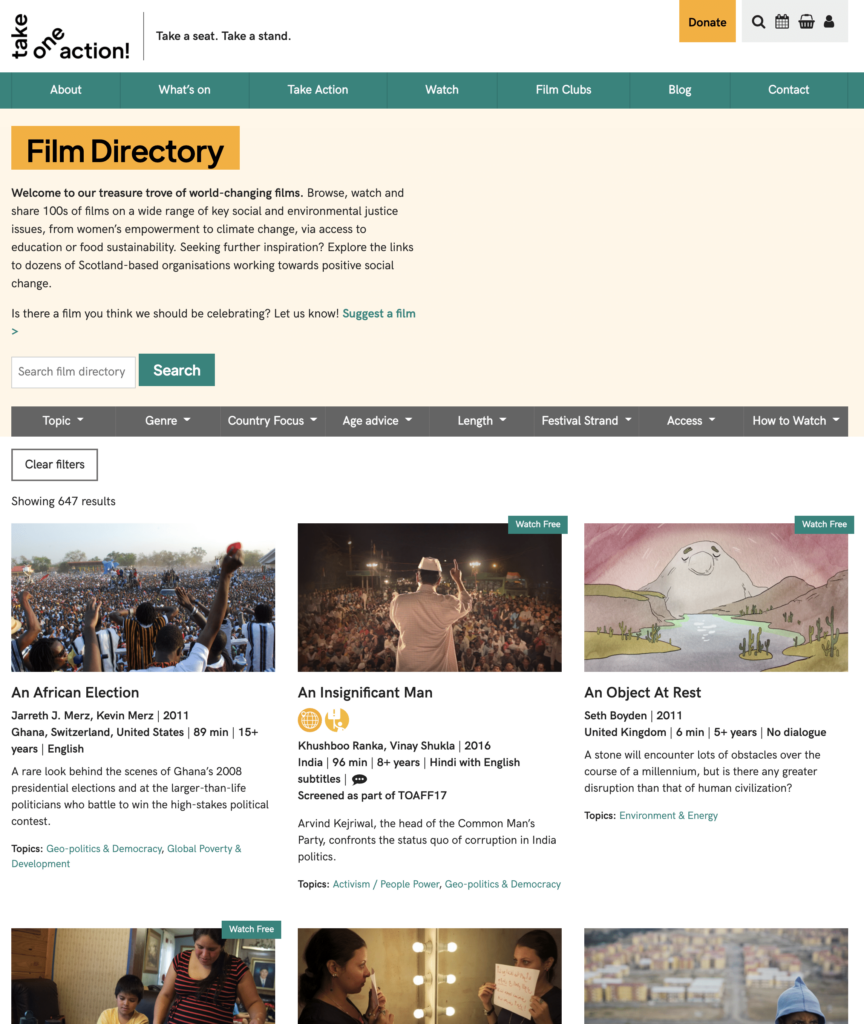
Take One Action Film Directory
Take One Action are an Edinburgh-based, independent charity founded by film lovers, cultural activists and globally concerned citizens who believe that shared cinematic experience can catalyse lasting change
The Film directory lets you browse, watch and share 100s of films on a wide range of key social and environmental justice issues. Some are free to watch and some require subscription services or one of rentals
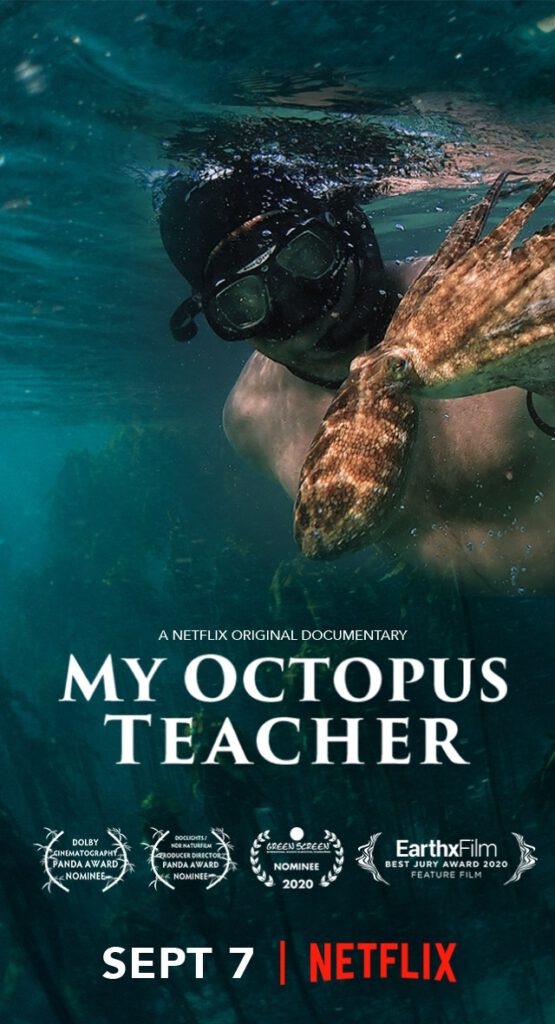
My Octopus Teacher
Age 7+
A troubled diver swims with an octopus that lives in a kelp forest off the coast of South Africa and it helps teach him about life.

2040
Age 8+
Concerned about his young daughter’s future, filmmaker Damon Gameau travels the world in search of new approaches and solutions to climate change. He meets with innovators and changemakers in many fields to draw on their expertise.
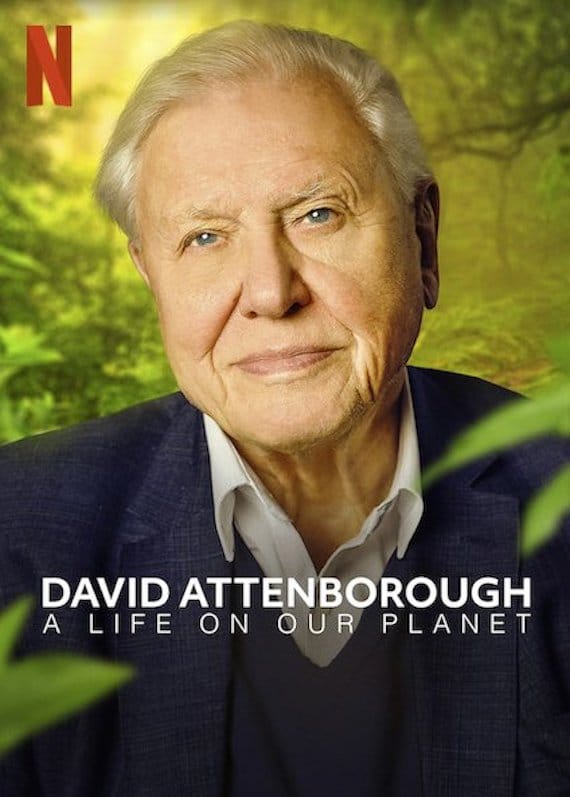
David Attenborough: A Life on Our Planet
Age 9+
In this moving documentary, the famed naturalist maps how steeply the planet’s biodiversity has diminished over his lifetime.
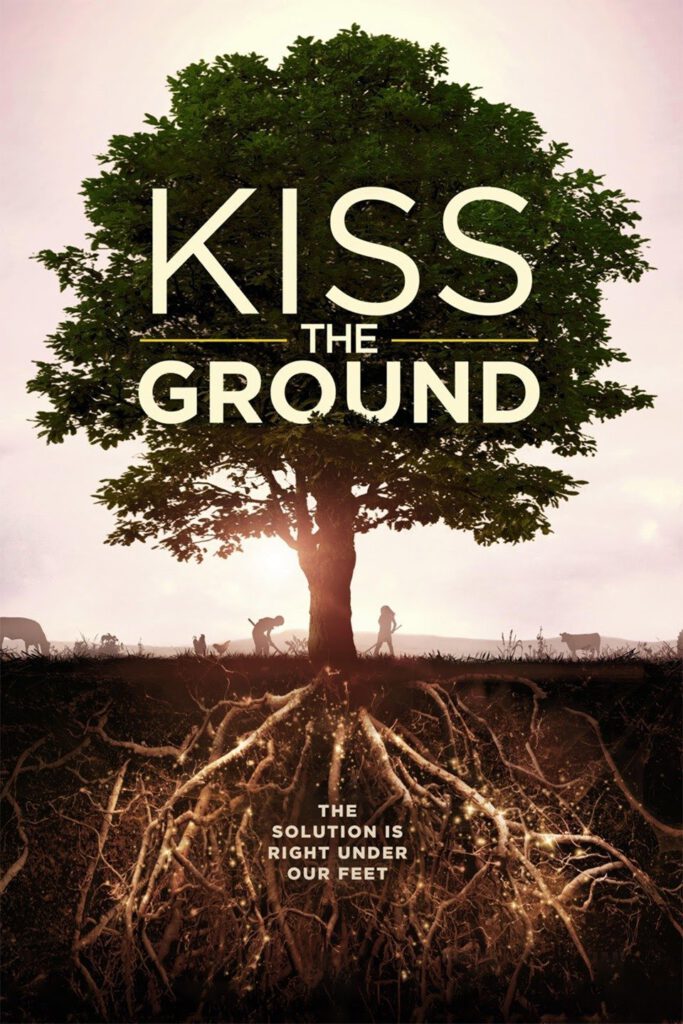
Kiss the Ground
Age 10+
Thoughtful documentary addressing solutions to the soil erosion crisis. Activists, scientists, farmers and politicians turn to regenerative agriculture to save the planet’s topsoil.
Online Educational Resources
Greenpeace educational resources
Free educational resources for schools, youth groups, parents, carers and young people themselves. They’ll help young people explore the challenges our planet faces and be inspired to take action to become part of the solution!
Embark on 30 adventures – or Quests – that will help you understand and celebrate our natural world, while learning about how dependent we are on our planet.
Runs every June, and is an opportunity to do something wild every day throughout June, hosted by The Wildlife Trusts, sign up and download their resource pack.
has a range of Nature activities and resources available to download for mixed ages, plus more resources available through TES.
There’s also a wealth of additional educational resources available on the Sustainable and Environmental Education (SEED) website.

